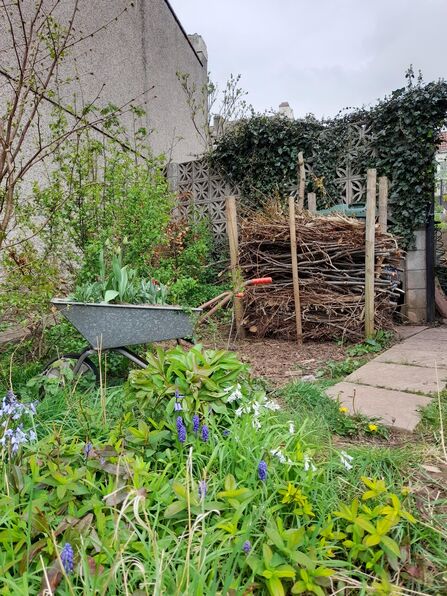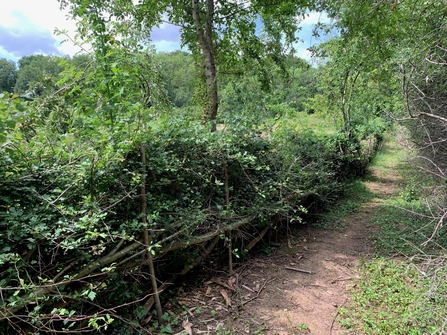Native hedges connect our gardens with the wider landscape. These ‘linear habitats’ offer beauty, food and vital pathways for wildlife, helping birds, hedgehogs and pollinators move safely between gardens, parks and green spaces.
What are linear habitats?
Linear habitats are natural, wildlife-friendly barriers that act as living borders instead of fences or walls. They’re green corridors because they help wildlife move, ensuring their survival and enriching our green spaces.
Some good examples include:
- Native hedges or hedgerows
- Dead hedges
- Willow structures
They’re practical, sustainable and brilliant for wildlife. They blend naturally into your garden or community space, change with the seasons and offer food, shelter and nesting space for countless species.







